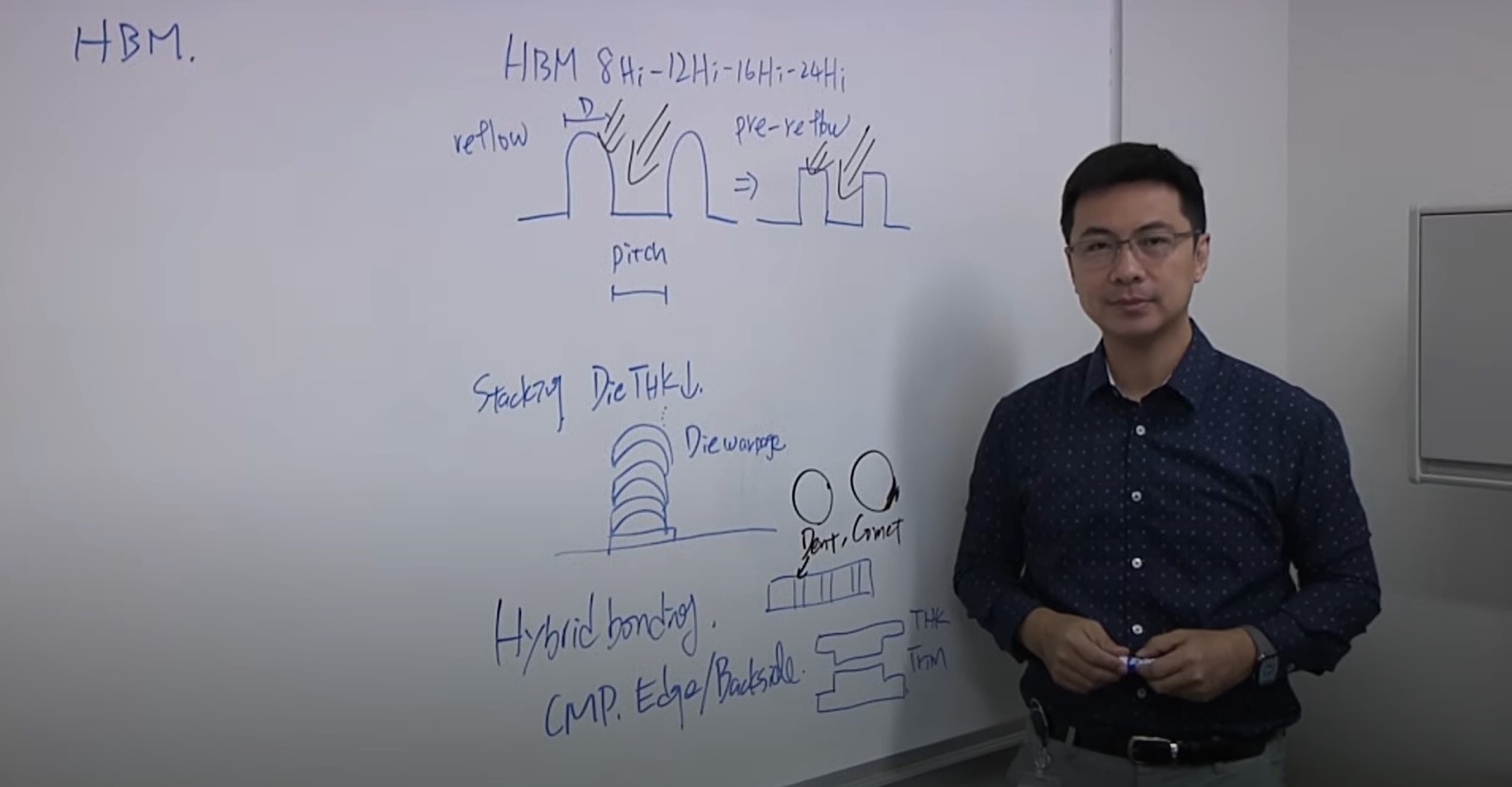AI data centers are pushing for higher density in high-bandwidth memory. Today, the maximum number of layers that can be stacked is 8, but that increases to as many as 24 layers by 2030. The big challenge will be in the interconnects, and making sure the microbumps align. At 16 layers, the bump pitch will be less than 10 microns, and the dies will be thinner. Damon Tsai, head of product marketing for inspection products at Onto Innovation, talks with Semiconductor Engineering about how to reduce stress that can cause warpage, how HBM architectures will need to change, and what happens when hybrid bonding and co-packaged optics are added into these devices.



You Have a Challenge? Let’s talk.
We’d love to connect with you.
Looking to learn more about our innovative solutions and capabilities? Our team of experts is ready to assist you. Reach out today and let’s starts a conversation about how we can help you achieve your goals.
Let’s Talk
"*" indicates required fields
Overlay is becoming a significant problem in the manufacturing of semiconductors, especially in the world of advanced packaging substrates — think panels — the larger the area, the greater the potential for distortion due to warpage. Solving this issue requires more accurate models, better communication through feed forward/feed back throughout the flow, and real-time analytics that are baked into the process. Keith Best, director of product marketing for lithography at Onto Innovation, talks with Semiconductor Engineering about the intricacies of overlay, the pros and cons of glass substrates, and what’s needed for high-volume manufacturing.



You Have a Challenge? Let’s talk.
We’d love to connect with you.
Looking to learn more about our innovative solutions and capabilities? Our team of experts is ready to assist you. Reach out today and let’s starts a conversation about how we can help you achieve your goals.
Let’s Talk
"*" indicates required fields
The 4Di InSpec automated metrology system (AMS) is a high-throughput, high resolution defect and feature inspection solution. The automated system can measure dozens of edge break features, chamfers, and radii in minutes rather than days, vastly improving throughput and driving down inspection costs. The 4Di InSpec AMS integrates a non-contact 4D InSpec or 4D InSpec XL surface gage with a collaborative robot and other automation for rapid production inspection. 4Di InSpec AMS systems are the turnkey option for quality control of aerospace components such as turbine blades and rotors, air foils, high pressure compressor blades, blisks, and dovetails. The high resolution gage measures in any orientation, on curved surfaces, over large and complex geometries, and in tight spaces or blind locations. The 4Di InSpec AMS instantly produces high resolution, 3D measurement results, with far more information than other methods. An inspector can immediately see both an image of the feature and easy-to-read statistics. User-friendly measurement automation software flags any out-of-spec measurements and automatically remeasures the locations.



You Have a Challenge? Let’s talk.
We’d love to connect with you.
Looking to learn more about our innovative solutions and capabilities? Our team of experts is ready to assist you. Reach out today and let’s starts a conversation about how we can help you achieve your goals.
Let’s Talk
"*" indicates required fields
Hear from Onto Innovation’s Keith Best, director of product marketing, for lithography, talk about total overlay— the sum of the whole stack — and the challenges of tracking these overlay errors over the entire stack.

